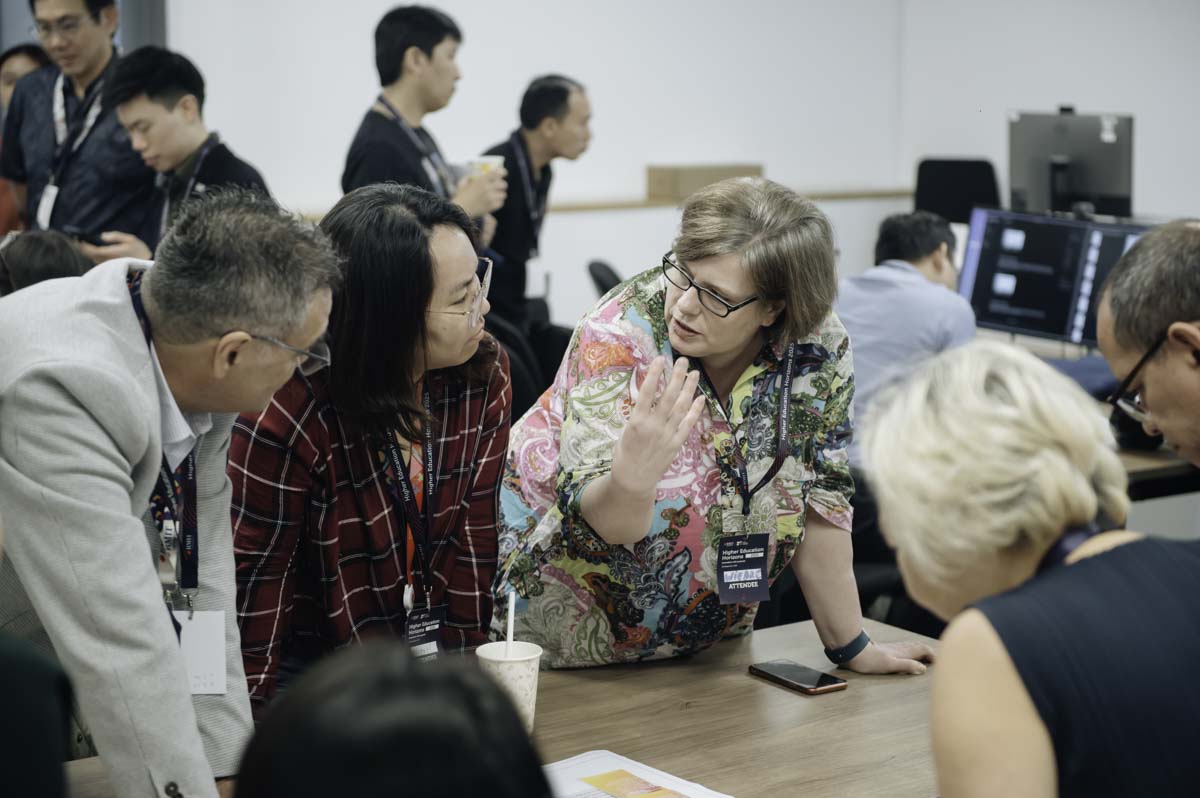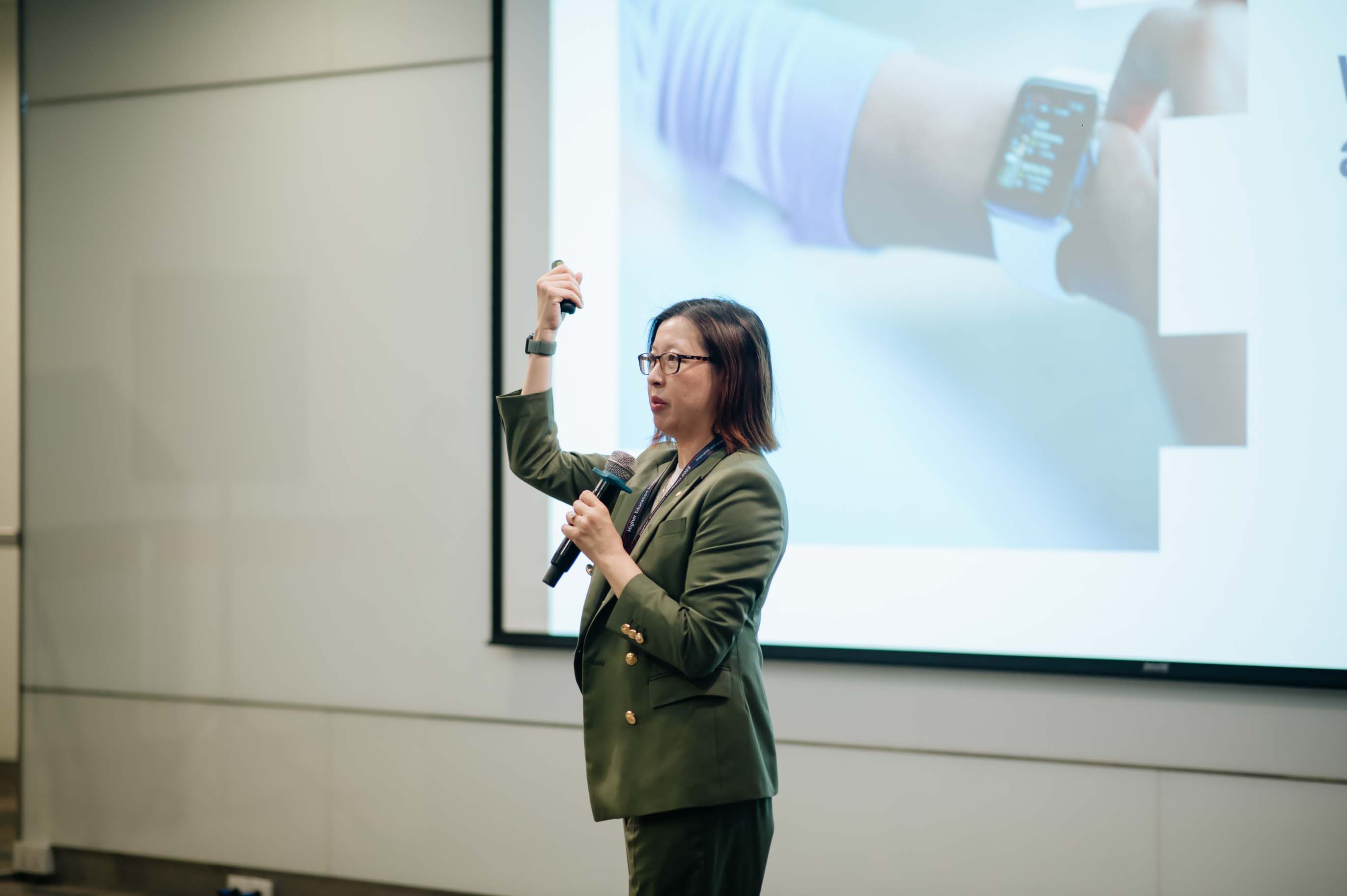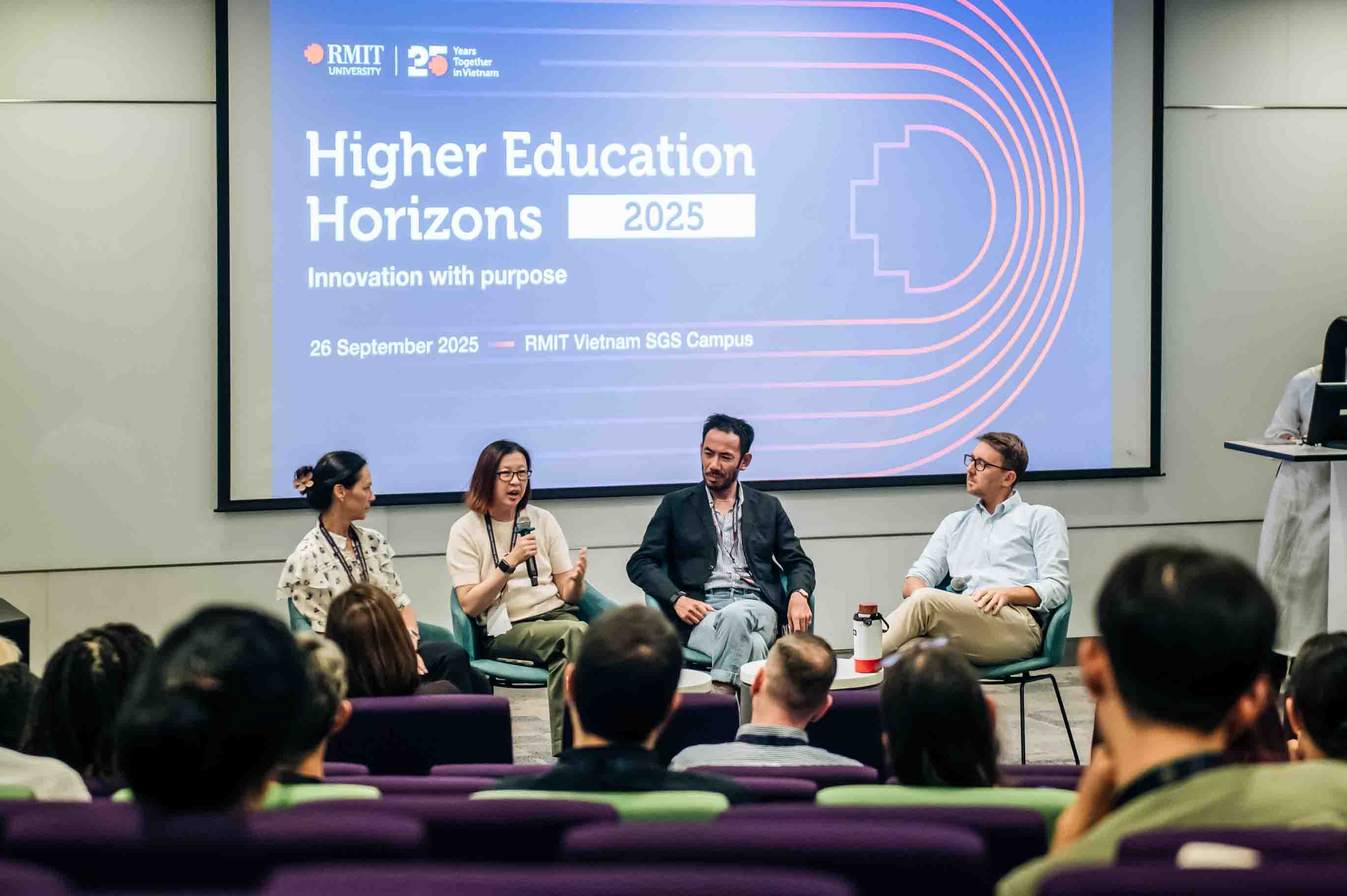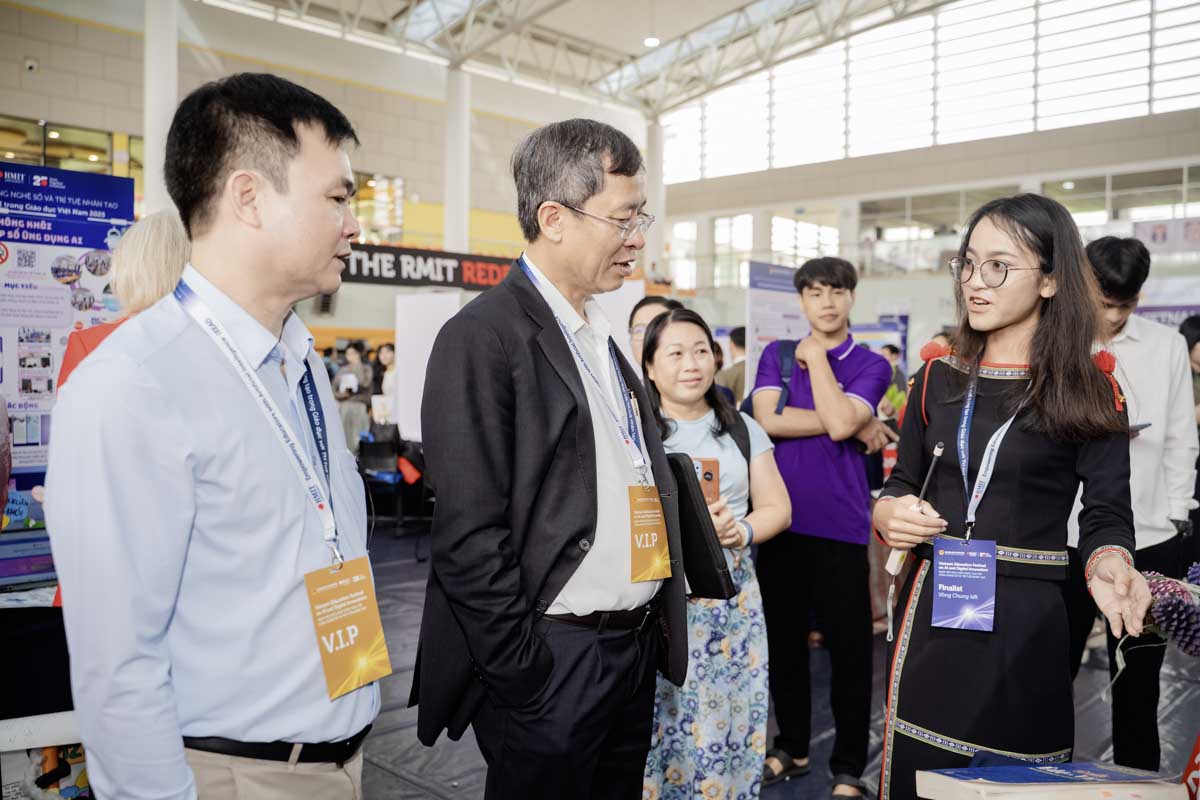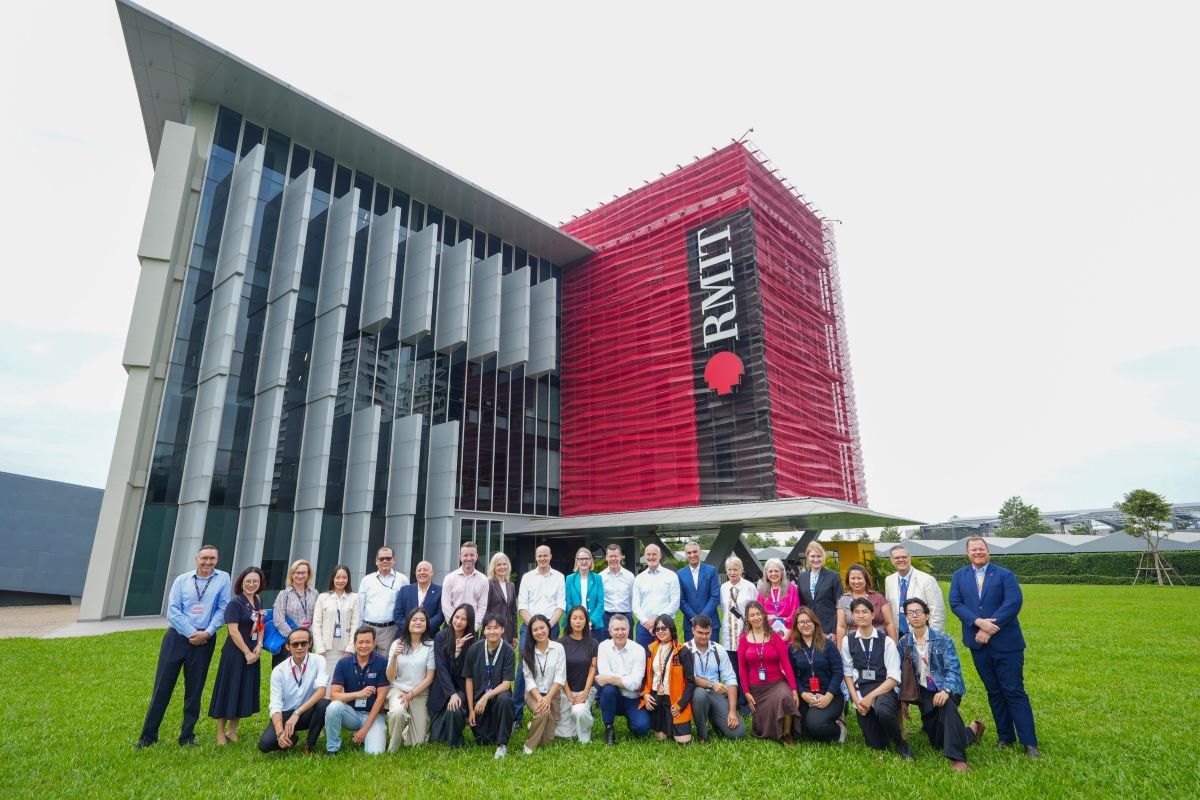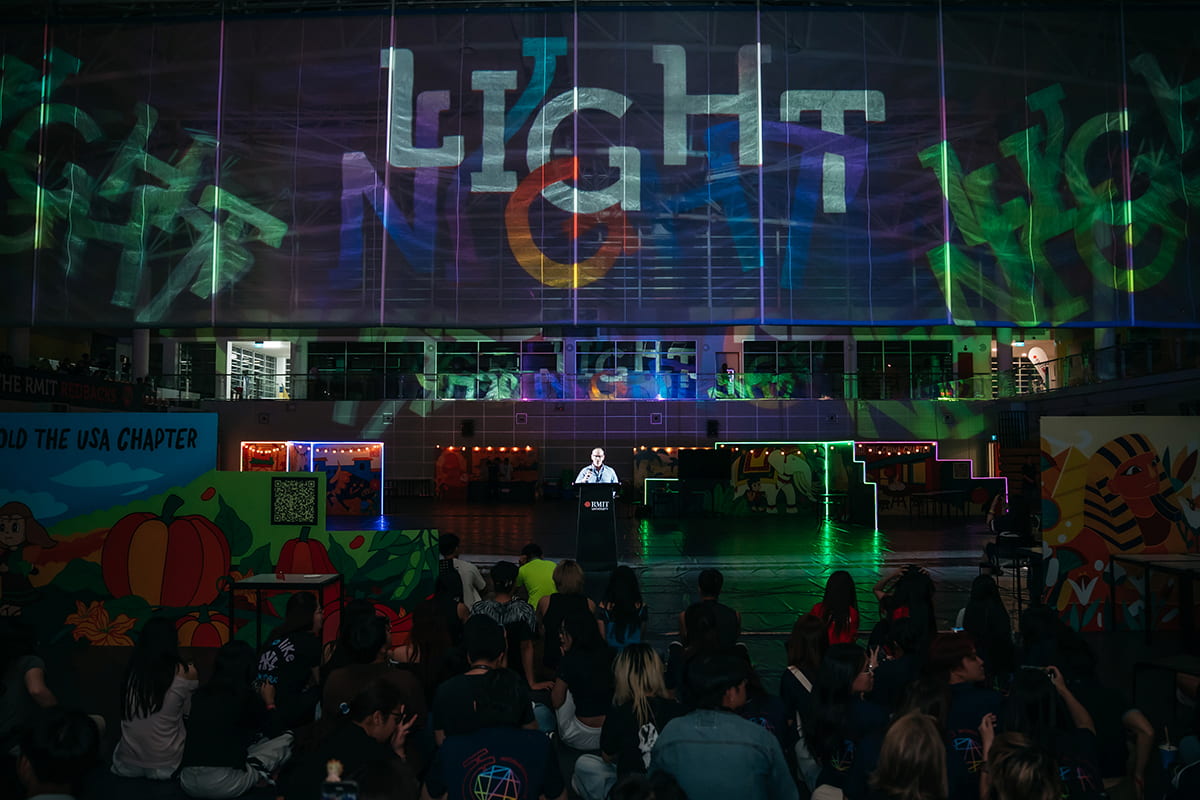“GenAI is a powerful tool, but like a smartwatch, it should be used strategically, not universally,” she said. “We need to think about where it fits within our scheme.”
AP White urged educators to guide students in using AI as a coach rather than a crutch. She quoted Professor Angela Duckworth, author of the bestselling book Grit: The Power of Passion and Perseverance, during her commencement speech to 2025 Penn GSE graduates: “I worry that students are using AI as a crutch. I worry because the human brain is like a muscle, use it or lose it, train it to gain it.”
Her keynote addressed common fears and misconceptions, including concerns about AI-generated work being mistaken for cheating, the rise of “AI slop” in assignments, and calls to ban AI altogether. She proposed a three-part framework for purposeful Gen AI integration in education, focusing on transparency and trust, alignment with learning outcomes, and equity and accessibility. Transparency and trust involve clear communication about when and how AI is used. Alignment with learning outcomes ensures that AI tools support, rather than replace, skill development. And equity and accessibility highlight the importance of making AI beneficial for all learners, including those with diverse learning needs.
A case study from her first-year accounting course at UTS illustrated the framework in action. With over 1,800 students, AP White redesigned a reflective writing assessment task using GenAI tools, resulting in deeper engagement and improved performance, particularly among students with learning differences.
“Educators must model resilience, empathy, and critical thinking – skills AI cannot teach”, AP White emphasised.
Collaborative learning and real-world impact
Beyond the keynote, participants engaged in eight hands-on workshops across two parallel sessions.
Among them, the Learning Futures team introduced “AI horizon scan: What’s new and what’s next”, a dynamic session that went beyond ChatGPT to explore reasoning models, deepfake detection, and VR integration. As participants rotated through stations to try out cutting-edge tools, they were challenged to think about how we can prepare students for a future shaped by digital humans and instant video creation.
In “Weaving accessibility & learning design”, Melanie Casul from Wellbeing and Linh Nguyen from Learning Design team shared a case study of a blind student at RMIT Vietnam, showing how co-designed learning plans, combining human support and digital tools, can help bridge the digital divide.
Dr Tuan Chu, Associate Program Manager from The Business School, led a session on transforming the Business Graduate Folio. He showcased a semester-long model of industry collaboration, including micro-internships and real-time business challenges, offering a scalable approach to authentic capstone experiences.

